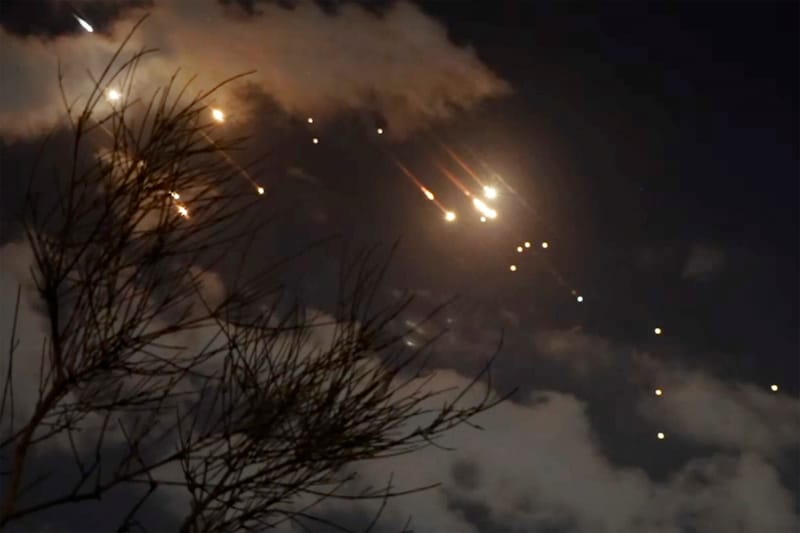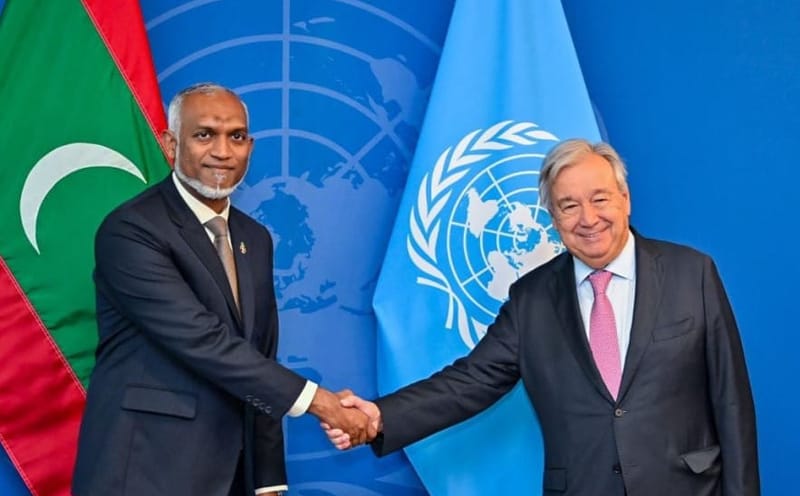UNGA Adopts 'Pact for the Future'
The Pact sets out a framework for the future, emphasizing the need to “protect the needs and interests of current and future generations”
The United Nations General Assembly (UNGA) has adopted the "Pact for the Future," a landmark document aimed at addressing global challenges of the 21st century. Despite opposition from Russia, Iran, and five other nations, the Pact signals a renewed commitment to multilateralism, peace, sustainability, and human rights. The move is seen as part of UN Secretary-General António Guterres’ push to reinvigorate the global system, which has been criticized for its inability to resolve key crises such as the conflicts in Ukraine, Gaza, and Sudan.
The Pact sets out a framework for the future, emphasizing the need to “protect the needs and interests of current and future generations” while strengthening the global governance system. It includes critical pledges to fast-track progress on the Sustainable Development Goals (SDGs) and the Paris Climate Agreement, both of which have faced delays. Additionally, the pact includes two annexes: the Global Digital Compact, designed to regulate artificial intelligence (AI) and bridge the digital divide, and the Declaration on Future Generations, which urges nations to consider the long-term consequences of today's policies on future societies.
Guterres described the agreement as a "once-in-a-generation opportunity" to reshape global cooperation, saying it "opens pathways to new possibilities and opportunities" for the global community. "The world is crying out for action," he said, highlighting the urgent need for solutions to inequality, the climate crisis, and rising geopolitical tensions.
Key Aspects of the Pact
The "Pact for the Future" focuses on five major areas: sustainable development, international peace and security, science and technology, the interests of future generations, and reforming global governance. One of the boldest commitments in the pact is to reinvigorate multilateralism, which has seen diminishing influence as global conflicts continue to undermine the UN's ability to enforce its charter.
Notably, the pact reaffirms commitments to disarmament and combating the proliferation of nuclear weapons, though many analysts view this as largely symbolic without any clear roadmap for implementation. It also seeks to address “historical injustices” by increasing the representation of Africa and other underrepresented regions in global decision-making forums, a demand long made by the Global South but one that has seen little progress in the past.
In the face of pressing conflicts, such as the wars in Ukraine and Gaza, the pact falls short in providing specifics on how the UN will enforce accountability. While it reiterates support for the International Court of Justice (ICJ) and broader human rights mechanisms, it remains vague on enforcement mechanisms, leaving critics to question how much real change this pact will drive.
Sovereignty and Multilateralism Collide
Russia, along with allies including Iran, North Korea, and Syria, introduced a last-minute amendment emphasizing non-interference in domestic affairs, which sought to curb the influence of external entities on national sovereignty. Russia’s Deputy Foreign Minister Sergey Vershinin described the pact as "despotism," claiming that the text was dictated by Western powers, particularly Germany and Namibia, which led negotiations. Moscow argued that the Pact undermines state sovereignty and accused the drafters of ignoring its demands for intergovernmental negotiations.
Despite Russia's efforts to derail the agreement, the proposed amendment was rejected by the majority of UNGA members. Congo and Mexico, representing African and Latin American interests, respectively, led the charge in defending the existing text, and the Pact was adopted by a consensus vote, with only seven nations opposing it.
Lofty Goals, Unclear Path
The "Pact for the Future" represents a significant diplomatic achievement, but whether it will translate into concrete action remains to be seen. Many of the promises—such as the eradication of hunger, gender equality, and nuclear disarmament—are lofty goals that require substantial political will and collaboration to achieve.
Critics argue that the Pact lacks actionable steps, particularly regarding peacekeeping and the role of the Security Council, which remains hamstrung by the veto powers of its permanent members. Nonetheless, the adoption of the Pact symbolizes a renewed commitment to global governance and multilateral cooperation—something that the world, divided by conflict and inequality, desperately needs.
With world leaders pledging to hold each other accountable for the Pact’s promises, it will be essential to track how the document’s ambitious goals unfold in the coming years. For now, the UNGA's consensus marks a significant moment in the organization’s push for relevance in an increasingly fractured world.






